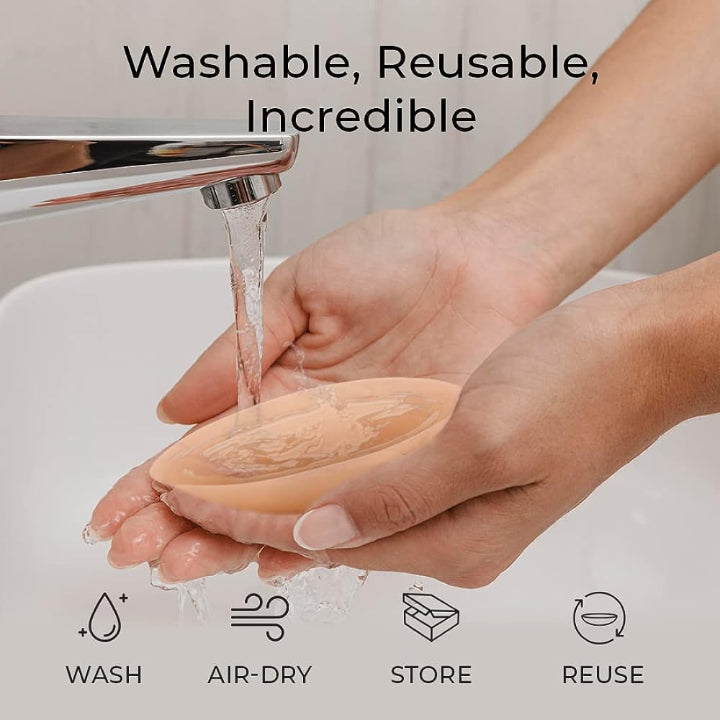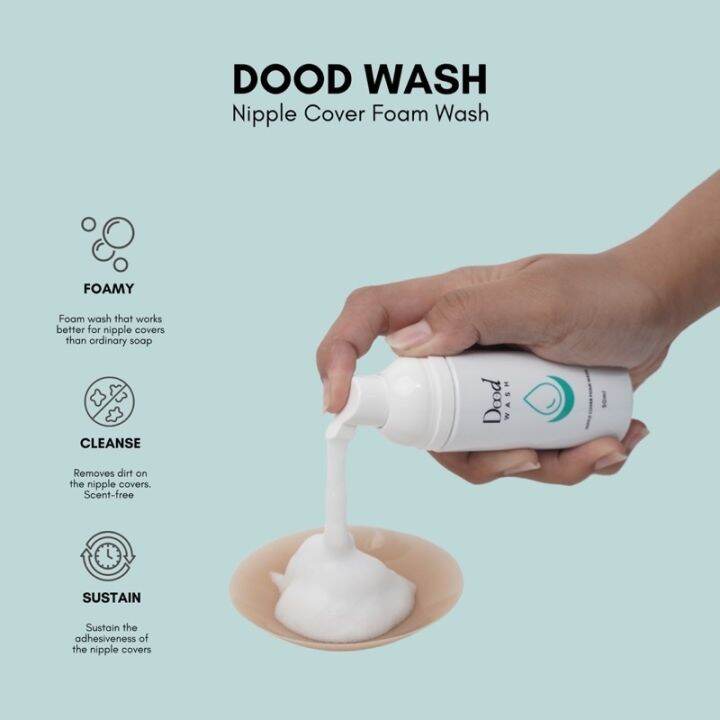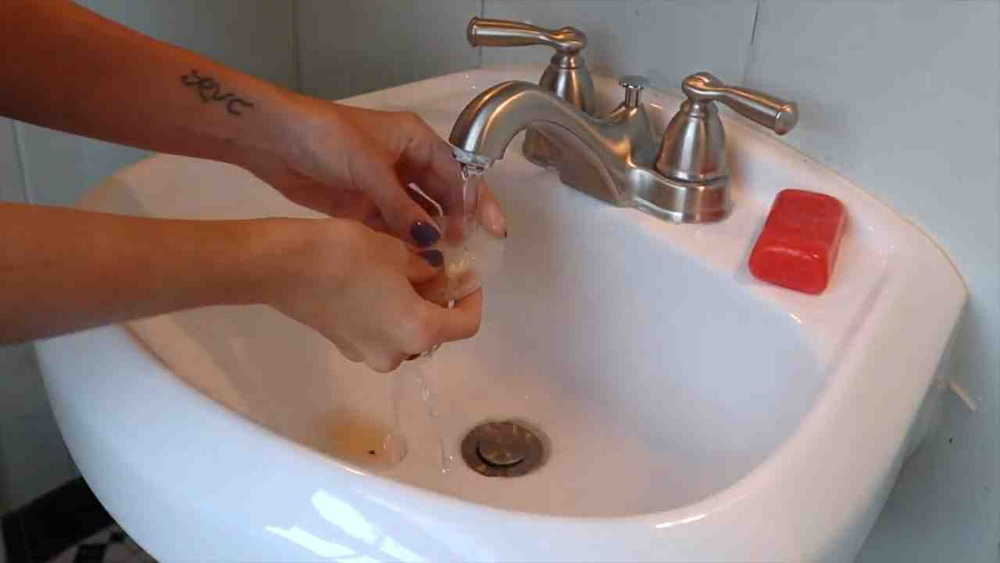Content Menu
● How to Clean Silicone Nipple Covers
>> The Importance of Cleaning Silicone Nipple Covers
● How to Clean Silicone Nipple Covers: Step-by-Step Instruction
>> Preparing for Cleaning
>> Step 1: Removing the Silicone Nipple Covers
>> Step 2: Rinsing the Covers
>> Step 3: Washing with Mild Soap
>> Step 4: Final Rinse
>> Step 5: Drying the Nipple Covers
>> Step 6: Restoring Stickiness
>> Step 7: Storage
● Maintenance Tips for Silicone Nipple Covers
● How to Clean Silicone Nipple Covers: FAQ Section
>> FAQ 1: How often should silicone nipple covers be cleaned?
>> FAQ 2: What type of soap should I use for washing?
>> FAQ 3: Why is air drying better than towel drying?
>> FAQ 4: Can I use hot water to clean silicone nipple covers?
>> FAQ 5: What should I do if my nipple covers are losing stickiness?
● When to Replace Silicone Nipple Covers
● Additional Tips for Long-Lasting Use
● Summary
● References
How to Clean Silicone Nipple Covers
Silicone nipple covers are a popular accessory among modern women who seek comfort and modesty in backless, strapless, or sheer outfits. As a reusable solution, they offer an eco-friendly alternative to disposable products. However, one question stands out for users: How to clean silicone nipple covers for hygiene and longevity? This article provides a thorough guide packed with expert maintenance steps, tips for safe use, image and video tutorials, frequently asked questions, and everything you need to keep your silicone nipple covers fresh and sticky for repeated use.[1][2][3]

The Importance of Cleaning Silicone Nipple Covers
Proper cleaning of silicone nipple covers is essential, not only for skin health but also to maintain their adhesive quality. Each time you wear silicone nipple covers, they come into direct contact with body oils, sweat, skin cells, lotions, and environmental dust. Without regular cleaning, these residues can degrade the adhesive and even pose risks of irritation or infection.[4][5][1]
- Prolongs lifespan and stickiness
- Prevents skin problems such as rashes and bacterial infections
- Guarantees a comfortable, secure fit every time
How to Clean Silicone Nipple Covers: Step-by-Step Instruction
Preparing for Cleaning
Before you start cleaning, gather:
- Your silicone nipple covers
- Mild, fragrance-free soap (Avoid harsh chemicals and SLS)[2]
- Lukewarm or warm water (not hot)
- A clean, flat drying surface
Step 1: Removing the Silicone Nipple Covers
Gently peel the covers off your skin. Do this slowly to avoid distorting their shape or damaging the adhesive. If removal feels difficult, place a warm, damp cloth over them for a few seconds to soften the adhesive.[6][1]
Step 2: Rinsing the Covers
Rinse the silicone nipple covers under running lukewarm water. Use your fingers to gently dislodge debris, body oils, or sweat. Avoid using a cloth or sponge as this may leave fibers on the adhesive side, reducing its effectiveness.[5][1][2]
Step 3: Washing with Mild Soap
Apply a small amount of mild, SLS-free soap to your fingertips and gently rub the nipple covers, focusing on any areas with visible contamination. Massage gently to clean dust, oil, and bacteria, ensuring you protect the delicate adhesive surface. (See image guide below)[2][5]
Step 4: Final Rinse
Rinse thoroughly under running water to remove all traces of soap. Excess soap can interfere with the adhesive quality, so ensure a complete rinse.[7][3]
Step 5: Drying the Nipple Covers
Pat the nonadhesive side dry with a towel, but never rub or use cloth/tissue on the adhesive side to avoid fiber transfer. Place the covers adhesive side up on a clean, dust-free flat surface and allow them to air dry naturally. Never use hair dryers or heat sources.[8][1][2]
Step 6: Restoring Stickiness
Once completely dry (about 20-30 minutes), reapply the protective backing or film that came with your covers. This prevents dust and lint from sticking and preserves the adhesive for future use.[9][1]
Step 7: Storage
Store the silicone nipple covers in their original case, packaging, or a clean dust-free container. Proper storage maintains stickiness and hygiene. Inspect them before each use to ensure no accumulation of debris.[10][1]

Maintenance Tips for Silicone Nipple Covers
- Always wash covers immediately after each use
- Do not soak covers for prolonged periods
- Avoid harsh soaps, alcohol, or chemical detergents
- Excessive washing can degrade adhesive; clean after heavy sweating or visible debris
- Never use fabric or towels on adhesive side
- Replace covers when adhesive no longer holds or edges fray[1][10][2]
How to Clean Silicone Nipple Covers: FAQ Section
FAQ 1: How often should silicone nipple covers be cleaned?
Silicone nipple covers should be cleaned after each use or whenever they accumulate sweat, oil, or noticeable residue. Regular cleaning prolongs their life and stickiness.[1][2]
FAQ 2: What type of soap should I use for washing?
Use a mild, fragrance-free, SLS-free soap. Baby body wash or gentle facial cleansers are good alternatives. Avoid dish soaps or anything abrasive.[5][2]
FAQ 3: Why is air drying better than towel drying?
Air drying prevents fiber transfer onto the adhesive side, ensuring the nipple covers remain sticky and effective for longer. Towel fibers and lint may hinder adhesion.[2][1]
FAQ 4: Can I use hot water to clean silicone nipple covers?
No. Always use lukewarm or warm water, as hot water can damage the silicone and weaken the adhesive. Gentle temperature maintains product integrity.[13][2]
FAQ 5: What should I do if my nipple covers are losing stickiness?
Make sure to follow the proper cleaning and drying steps. If stickiness decreases after repeated use, check for accumulated dust or debris. If adhesive remains weak, it's time to purchase a new pair.[5][1]
When to Replace Silicone Nipple Covers
With proper care, most high-quality silicone covers last up to 40 wears. If you notice fraying edges, discoloration, or persistent loss of adhesion, replace with a fresh pair to maintain hygiene, comfort, and performance.[10][1][2]

Additional Tips for Long-Lasting Use
- Avoid lotions or moisture on skin before applying covers
- Replace backing film after every wash
- Inspect covers for damage before storage and use
- Store in a cool, dry place, ideally in original case or a sealed pouch[10][1][2]
Summary
"How to clean silicone nipple covers" is a crucial routine for anyone enjoying the comfort and flexibility of these reusable accessories. Proper cleaning keeps them stickier longer, prevents skin issues, and delivers a fresh experience every time. Following this guide ensures hygienic, long-lasting use, with simple steps using mild soap, lukewarm water, and careful air drying. Store them well, avoid harsh chemicals, and always clean after use for best results.
References
[1](https://nuebootape.com/blogs/nueboo-blog/clean-wash-nipple-covers)
[2](https://mynudeshade.com/blogs/news/how-to-clean-reusable-nipple-covers-before-and-after-wearing)
[3](https://www.youtube.com/watch?v=isPinldh4-A)
[4](https://www.tannanplasticsurgery.com/silicone-nipple-covers/)
[5](https://boob-eez.com/blogs/wear-care/wash-you-boob-eez-save-money-re-use-pasties-again-again)
[6](https://undercover-glamour.com/howtowearnipplecovers)
[7](https://niidor.com/blogs/how-to/how-to-clean-nipple-covers-a-comprehensive-guide)
[8](https://www.kieskin.co/blogs/blog/guide-to-caring-for-your-kie-skin-nipple-covers)
[9](https://www.tiktok.com/@ecora_official/video/7454103070767648007)
[10](https://nippetals.in/blogs/news/how-to-care-for-your-nippetals-products-to-maximize-reusability)
[11](https://www.tiktok.com/@kookoovlogs/video/7356613987464645893)
[12](https://www.instagram.com/reel/Cw7VUj6BeiE/?hl=en)
[13](https://niidor.com/blogs/article/how-to-clean-and-care-for-niidor-s-nipple-covers-and-sticky-bras)
[14](https://www.tiktok.com/@thejulianaamoateng/video/7398911309909069062?lang=en)
[15](https://www.reddit.com/r/CleaningTips/comments/vzyvs7/cleaning_adhesive_silicone_not_actually_nsfw/)
[16](https://www.youtube.com/shorts/An-8qDJOjkI)
[17](https://www.instagram.com/reel/C3qm7amgfnm/?hl=en)
[18](https://cakesbody.com/pages/faq)
[19](https://www.facebook.com/barebonestore/videos/how-to-wash-your-nipple-covers-the-right-way-and-make-them-last-longer-please-ne/211489700530262/)
[20](https://www.tiktok.com/@ecora_official/video/7477225691830816008)
[21](https://www.reddit.com/r/breastfeeding/comments/17jhzz5/cleaning_nipple_shields/)
[22](https://www.youtube.com/shorts/_zmTomUrTeA)

































































